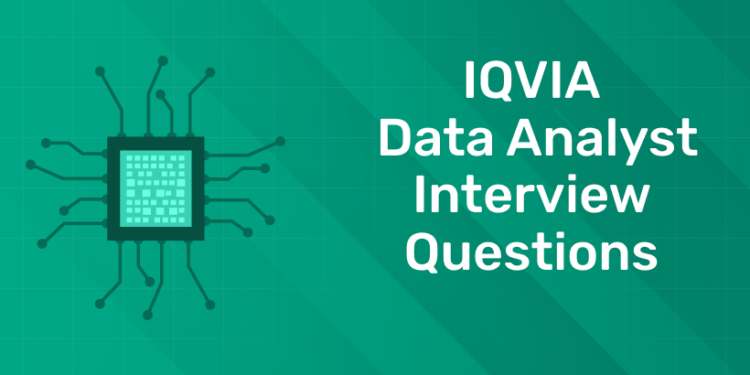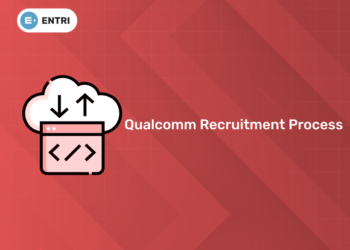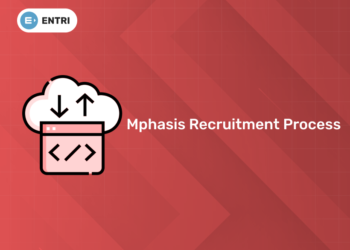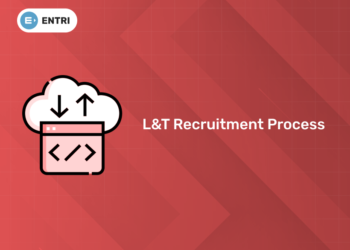Table of Contents
IQVIA is a global leader in advanced analytics and technology solutions which offers exciting opportunities to work on cutting-edge projects in the pharmaceutical and healthcare industries. If you’re aspiring to join IQVIA as a Data Analyst, you’re targeting a role that blends technical expertise, analytical skills, and a passion for making an impact in healthcare and life sciences. In this blog, we’ll explore commonly asked IQVIA Data Analyst interview questions, categorized by topics like SQL, Excel, Python, statistics, and healthcare analytics. We’ll also provide tips and example answers to help you ace your interview and stand out as a strong candidate.
Enhance your data science skills with us! Join our free demo today!
Why Join IQVIA?
Joining IQVIA as a Data Analyst can be a highly rewarding career move for several reasons:
1. Industry Leadership
IQVIA is a global leader in the healthcare and life sciences industry, providing advanced analytics, technology solutions, and clinical research services. Working here gives you exposure to cutting-edge projects in a rapidly evolving field.
2. Impactful Work
As a Data Analyst at IQVIA, you’ll work on analyzing healthcare data that can drive meaningful insights for patient outcomes, healthcare strategies, and pharmaceutical development. This allows you to make a tangible impact on global health.
3. Learning and Development
IQVIA emphasizes professional growth by offering extensive training programs, mentorship opportunities, and exposure to the latest tools and technologies, such as AI, machine learning, and big data analytics.
4. Diverse Opportunities
With its presence in over 100 countries, IQVIA offers roles across various domains such as real-world evidence, clinical trials, market research, and technology solutions, providing immense flexibility and career growth potential.
5. Collaborative Environment
You’ll work with cross-functional teams consisting of domain experts, scientists, and other data professionals. This collaborative culture fosters innovation and diverse problem-solving approaches.
6. Competitive Compensation and Benefits
IQVIA provides competitive pay, benefits, and other perks like flexible working arrangements and wellness programs, which are highly appealing for professionals seeking work-life balance.
If you’re passionate about data and want to contribute to the advancement of healthcare and life sciences, IQVIA provides the perfect platform for growth and impact.
Top IQVIA Data Analyst Interview Questions and Answers
1: Which of the following algorithms is most suitable for classification tasks?
Here are some potential IQVIA Data Analyst interview questions along with suggested answers to help you prepare:
SQL Questions
1. Write a query to find duplicate records in a table.
Ans: SELECT column_name, COUNT(*)
FROM table_name
GROUP BY column_name
HAVING COUNT(*) > 1;
This query groups records by the specified column(s), counts the occurrences, and filters groups with more than one record.
2. What is the difference between INNER JOIN and OUTER JOIN?
- INNER JOIN: Returns only the matching rows between two tables.
- OUTER JOIN: Returns all rows from one or both tables, with NULL in columns where no match is found. Subtypes include LEFT OUTER JOIN, RIGHT OUTER JOIN, and FULL OUTER JOIN.
Excel Questions
1. What is a pivot table, and how would you use it for data analysis?
Ans: A pivot table summarizes and aggregates data in a spreadsheet, allowing you to analyze trends, group data, and identify patterns. For example, in healthcare data, you can use a pivot table to summarize patient visits by region or calculate total costs per hospital.
2. How do you clean a dataset in Excel?
Ans:
- Remove duplicates using the “Remove Duplicates” feature.
- Use Text to Columns for splitting data.
- Apply Filters to identify and remove outliers.
- Use Data Validation to ensure consistent input.
Python Questions
1. Write a Python script to remove missing values from a dataset.
import pandas as pd
# Load dataset
df = pd.read_csv(‘data.csv’)
# Remove rows with missing values
df_cleaned = df.dropna()
# Remove columns with more than 50% missing values
df_cleaned = df.loc[:, df.isnull().mean() < 0.5]
print(df_cleaned.head())
2. What is the difference between a list and a NumPy array?
A list can store different data types, while a NumPy array is designed for numerical computations and supports element-wise operations for efficiency.
Statistics Questions
1. What is a p-value, and why is it important?
- The p-value measures the probability of obtaining a result as extreme as the observed one, assuming the null hypothesis is true.
- If the p-value is below a threshold (e.g., 0.05), we reject the null hypothesis, indicating statistical significance.
2:; When would you use a t-test vs. an ANOVA?
Ans:
- Use a t-test to compare the means of two groups.
- Use ANOVA to compare the means of three or more groups.
Analytical Problem-Solving Questions
1. How would you analyze a dataset with inconsistent healthcare data?
- Data Cleaning: Identify missing or incorrect entries using tools like Excel or Python.
- Standardization: Apply consistent formats to variables such as dates, patient IDs, or diagnostic codes.
- Validation: Cross-check with reference datasets or stakeholders to verify the data.
- Analysis: Use SQL or Python to derive trends and insights.
2. Describe how you’d identify trends in patient readmission data.
- Aggregate data by time periods (e.g., monthly, quarterly) and analyze readmission rates.
- Use visualization tools (e.g., Tableau, Excel charts) to identify patterns.
- Apply statistical methods like regression to identify factors affecting readmissions.
Case Study or Scenario Questions
1. Analyze this dataset and recommend a strategy for improving sales of a pharmaceutical drug.
- Understand the Dataset: Analyze sales trends by region, demographic, and time period.
- Identify Key Factors: Look for correlations (e.g., sales vs. marketing spend).
- Segment Analysis: Identify underperforming segments or regions.
- Recommendation: Suggest increasing marketing efforts in high-potential areas or developing targeted campaigns for specific demographics.
 Start Coding Today! Enroll Now with Easy EMI Options.
Start Coding Today! Enroll Now with Easy EMI Options. 

Equip yourself with in-demand skills to land top-tier roles in the data-driven world.
Start Learning Now with EMI OptionsPreparation Tips
- Practice SQL queries on sample databases.
- Brush up on healthcare datasets and industry knowledge.
- Prepare examples of past projects demonstrating problem-solving and technical skills.
- Be ready to explain concepts in both technical and business terms.
Conclusion
Preparing for an IQVIA Data Analyst interview requires a solid understanding of both technical skills and the nuances of the healthcare and life sciences industry. By familiarizing yourself with the questions and answers shared in this blog, you can approach your interview with confidence, showcasing your ability to derive actionable insights from complex datasets. Remember to highlight your problem-solving skills, attention to detail, and passion for contributing to healthcare innovation.
Ultimately, joining IQVIA as a Data Analyst is not just about landing a job—it’s about making a meaningful impact in one of the most transformative industries in the world. With thorough preparation and a mindset focused on learning and growth, you’ll be well-positioned to succeed in your interview and embark on a rewarding career with IQVIA. Best of luck!
Enhance your data science skills with us! Join our free demo today!










